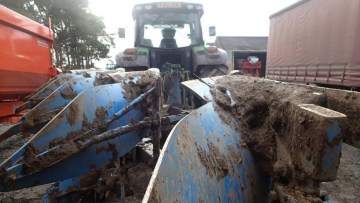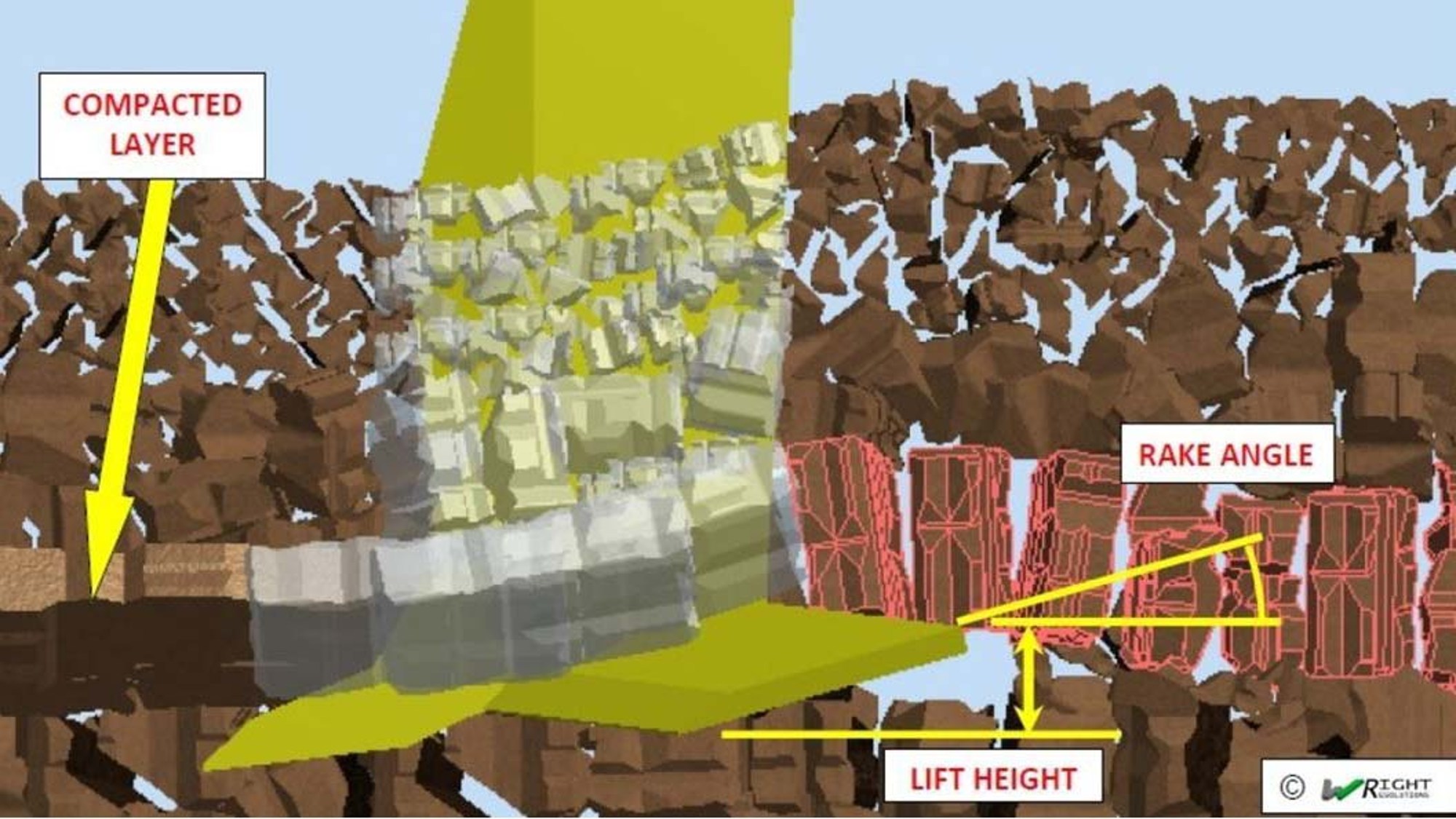Cultivations Overview
29.05.2019

Cultivation is a widely discussed and much debated topic when it comes to black-grass control. The real key though is to know when you need to bury it, and when you need to just leave it alone.
Black-grass requires light to germinate and much will emerge without cultivations. Very shallow (up to 5cm) cultivations can move seed into moisture and soil contact, stimulating germination, but can also dry out the surface.
Rolling will consolidate the seedbed, retaining moisture, and help manage slugs in conjunction with some soil movement. Multiple cultivations passes (for example by shallow raking) combined with surface rolling can allow flushes to be sprayed out by glyphosate.
Shallow discing/rolling can also be used, noting that depths worked (ideally ≤ 5cm) should be only just greater than the drilling depth of the following crop. Surface consolidation is essential after shallow tillage, and pressing to depth is needed after deeper cultivation. Timing of operations can be managed according to dormancy of the black-grass, and is most effective when temperatures are sufficient for germination.
Ploughing is the alternative to shallow surface disturbance by fully inverting and burying the surface seed bank. This should be done preferably one year in 5, or more. Effective burial by (i) suitably narrow furrow width (30/35cm on heavier soils) and share width < furrow width; (ii) sensible forward speed; (iii) appropriately set skimmers; (iv) post plough pressing to close the surface; (v) pre-cultivation shallow if needed so soil/straw contact of the buried residues allows efficient breakdown and good rates of water movement through the profile.
Maintain seed bank horizons by controlled surface disturbance of all operations. Mixing weed seeds to variable depths reduces efficacy of residual herbicides and prolongs the germination period for weeds.
Loosening as needed by low rake angle winged tines with adequate lift height for conditions and depth worked. This controlled vertical fissuring also minimises disrupting the weed seed bank horizons. Aim to establish a following crop ASAP after loosening (cover crop if spring drilling next main crop) to stabilise the resulting structure created.

NOTE: Effective loosening is vital where structure is likely to reduce or inhibit moisture infiltration levels. Poor drainage suits blackgrass and not the crop – so competitiveness is reduced here. Consider headlands and the main field areas separately where loosening is needed as in many cases loosening depths are different, or not required across the whole field.
AT ALL COSTS avoid: AT ALL COSTS avoid: (i) Deep, non-inversion mixing, (II) re-inversion by a second ploughing within a 5-year period, (iii) lower depths of disturbance when cultivating than during follow-on spring drilling, (iv) failure to consolidate after soil disturbance as this will lose moisture and adversely affect germination potential of the weed seeds.
NOTE: In high blackgrass dormancy years, spring establishment of the next crop is preferable. In severe blackgrass infestations, multiple (3 or more successive) spring crops can be essential.
NOTE: An alternative in severe cases is a short-term grass ley break – minimum 2 seasons or ideally 3 – which can be effective. Here, the following crop MUST be direct drilled and ideally be a legume to counteract short term grass residue effects and further extend the length of the rotation away from cereals cropping.


